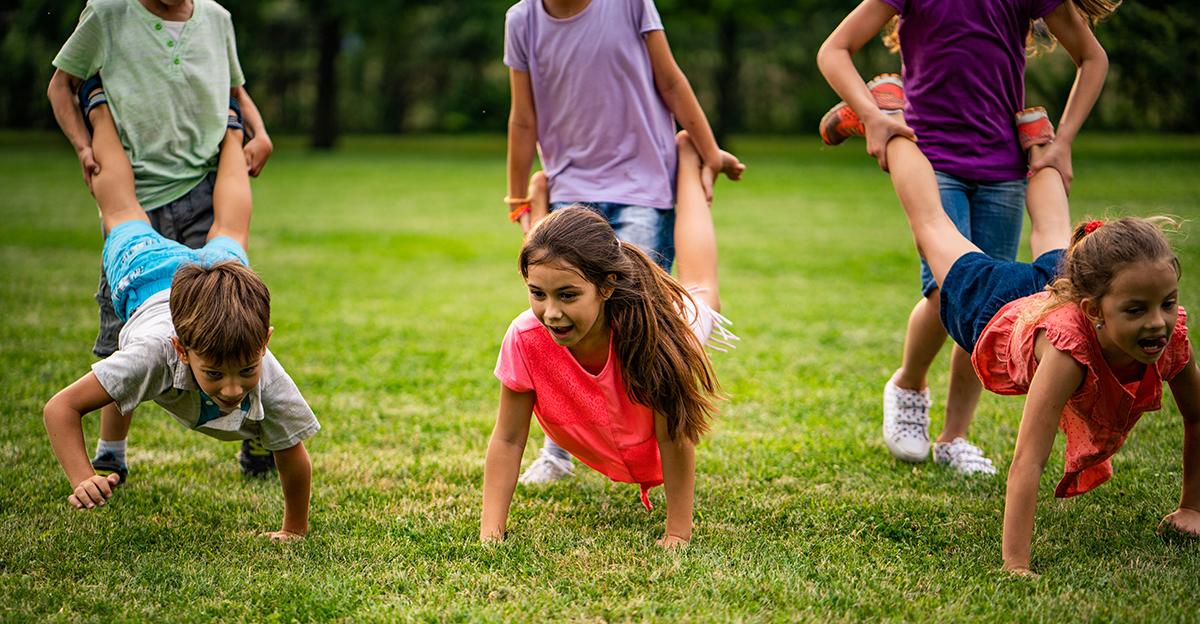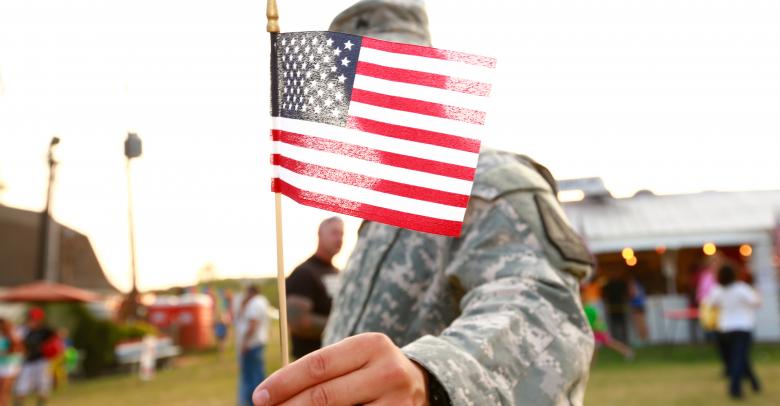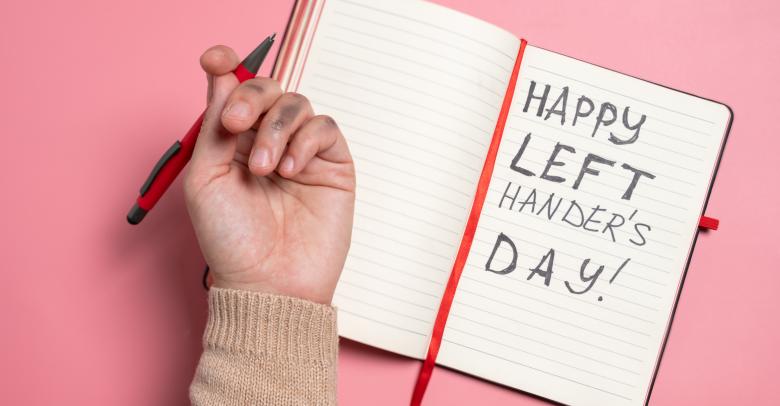Field day events should include a variety of activities and challenge students in many ways. Team, partner, and solo events all have their place on the field day list. Check out these tips and ideas to create a field day activities roster for participating students.
Table of contents
Tips for Creating Your Field Day Activities
Not every student will excel in the same types of field day activities or games or will enjoy the same challenges. It’s important to test a wide range of skills on field day. Be sure to plan the location of your activities according to their needs (e.g. water games nearest to the hose, flying disc throw away from fences and roofs, scooter relay on the blacktop).
Field Day Focus Skills:
- Teamwork
- Problem-Solving
- Balance
- Accuracy
- Strength
- Speed
- Agility
Cooperative and Solo Field Day Activities
Racing Events
When organizing races, have as many lanes as possible in order to keep kids active. Change up the type of race each lap so they don’t get too exhausted (i.e. 3-legged race down and back, then switch to a wheelbarrow race, then with hooked elbows back-to-back, then repeat).
Another option is to have the racers in a circle and designate the end line to another, larger circle roughly 20 steps out. They race out to the larger circle line and back, like spokes on a wheel. This way, it is harder to tell who finishes first, and racers are more focused on their own progress as opposed to their competition.
Partner Races
3-Legged Race: Partners are attached at the ankle and work together to move to the end line and back.
Wheelbarrow Race: One player walks on their hands while the other player holds their feet in the air. When they get tired, switch roles. Continue down and back.
Back-to-Back: Partners hook elbows. One partner faces the end line while the other moves backward. Reverse roles on the way back.
Leapfrog: One partner crouches down. The other does a straddle jump over them, pushing their hands onto their partner’s back as they jump over them. Then they switch roles as that partner crouches and the other jumps. Continue to the end line and back.
Lily Pad Jump: Two spot markers per pair. Student A is the “frog” in one direction, and Student B tosses the spot in front of the frog and the frog jumps to it. Student B grabs the spot the frog just left and tosses it farther forward for the frog to jump to. Continue until they get to the other end line. Reverse roles on the way back.
Beach Ball: Partners hold a ball between them in any way they can while racing down and back. If the ball drops, they pick it up and continue where it dropped.
Beanbag Hike: One beanbag per pair. One partner hikes the ball to the other partner through their legs, then runs toward the end line to receive a hike from their partner. Continue hiking and running to the end line and back, switching roles with each hike.
Group Races
Cooperative Band Walk: One cooperative band per five students. Groups of five hook together using the bands and work together to get to the end line and back. Try backward in the second round. Set up an obstacle course for them to move around.
Dress-up Relay: You’ll need a full set of clothes, including shoes, pants or skirt, top, jacket, hat, scarf, etc., and a box or tub to hold each set of clothes for every group of four. Two players run to the dress-up box (located at the end line), and one helps the other get all the gear on. They run back to the start line, then to the end line again to remove the clothes and put them back in the box. The next pair then takes a turn. Continue switching pairs and roles each round until the signal.
Solo Races
Locomotor Skill: Call a locomotor skill for students to use to the end line and back. Locomotor skills may include walking, running, jumping, hopping, crawling, marching, climbing, galloping, sliding, leaping, hopping, and skipping.
Dribbling: One ball per two students. Students dribble (basketball or soccer style) to the end line and back.
Potato Sack Race: One sack per two students. Students put their feet in a sack and hold the sides to jump to the end line and back.
Spoon: Students place an egg on a spoon and run to the end line and back without dropping it.
Hippity Hop: Students use a spring ball to jump to the end line and back.
Scooter Board Race: One scooter per two students. Players scoot themselves to the end line and back on their scooter board using the method called by the volunteer (e.g., on tummy, on knees, sitting, etc.).
Endurance Events
Here, everyone in the group does the activity on a signal and goes as long as possible. When they are finished, they can take a break, cheer the others on, or stretch.
Jump Rope: Individual or long-rope style.
Hula Hoop: After a few minutes, start adding tricks like turns, dropping to knees, walking, one foot, and eyes closed.
Basketball Dribbling: Slowly add in tricks like turns, between the legs, and eyes closed.
Cooperative Events
The goal of cooperative events is for students to use teamwork and problem-solving to accomplish a common goal.
Houdini Hoops: Need 1-2 hoops per 5-7 players. Students join hands to form a circle, placing a hoop over one player’s wrist so it dangles like a bracelet. The object is to see how quickly they can move the hoop around their circle without letting go of their hands. Add a second hoop. Then have them go in opposite directions.
Musical Hoops: Need one hoop per player, scattered within the area, along with music and a player. Players move any way they like when the music plays. After 20 seconds, the music is stopped, and players need to put one foot in a hoop. Start the music again and remove a few hoops. Each round, there are fewer hoops, so students need to share hoops with others. Play until players are squeezed into as few hoops as they can safely.
Catching and Throwing Events
These events can be competitive, but it’s better to have players try to beat their own records with each attempt.
Fling It: Need two fling-it nets and a ball per pair. Pairs toss a ball or beanbag back and forth, using the nets to catch it. Play Step Back, where all players stand in two parallel lines, facing their partners. When a catch is made, that partner steps back. The object is to see how far apart they can get.
Javelin Throw for Distance: One pool noodle per two students. Players toss the pool noodle as far forward as they can, noting the line at which it landed. They retrieve and hand the noodle to their partner. Partners then see how far they can throw. Each player tries to beat their own record.
Any Ball Throw for Distance: Same as javelin throw, but use a variety of tossables, including rubber chickens, beanbags, footballs, or softballs.
Flying Disc Throw for Accuracy: One disc per player and 20 hoops of various colors placed at varying distances from the throw line. On your signal, all players throw toward a hoop. They score one point if it lands in or touches a hoop in the front row, two for the middle row, and three for the far row. Retrieve on the signal and repeat.
Water Balloon Step Back: Need one water balloon per pair. Pairs are placed in two parallel lines across from their partner. Partners toss the balloon back and forth, taking a step back (away from each other) on command. The object is to keep their balloon from popping.
Field Day Activity Guide Download
To find more inspiration and activity ideas for your school’s field day, download our free Field Day Activity Guide from School Specialty. The guide includes cooperative, parachute, race, and relay activities for students of all ages!
View the Field Day Activity Guide
More Field Day Inspiration and Activity Ideas
Still looking for something unique and exciting to add to your field day? Follow the link below to see all of our ideas for field day activities!






Leave a Reply